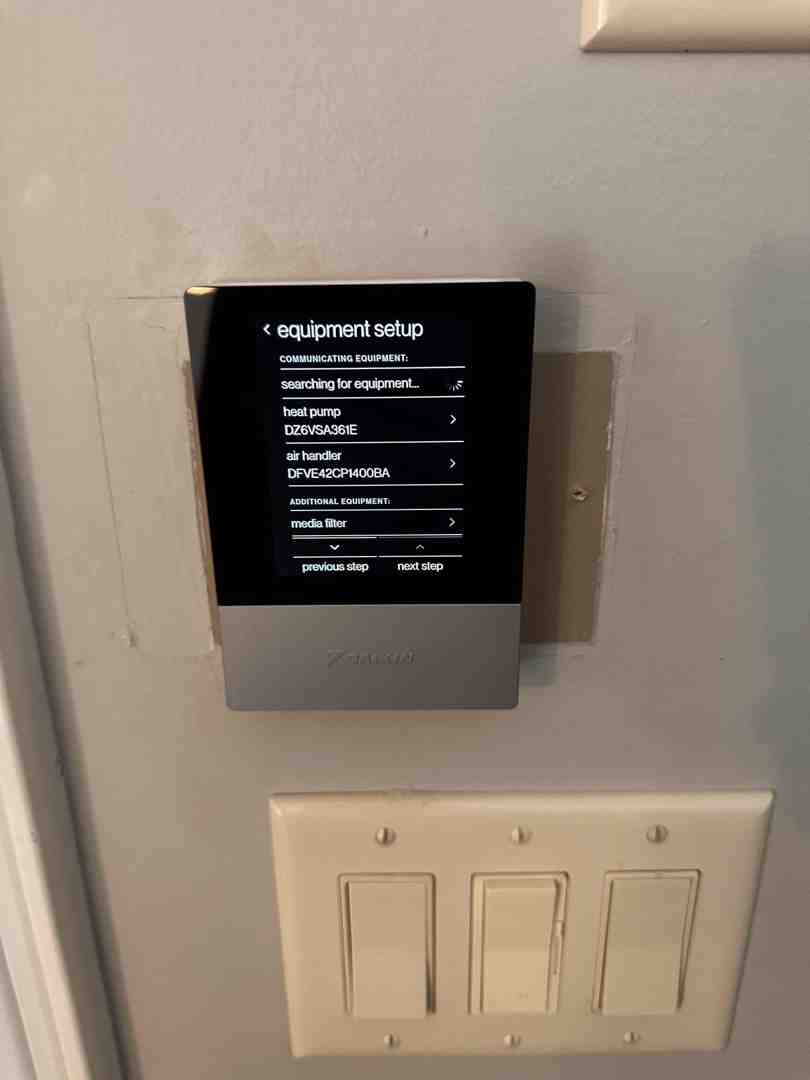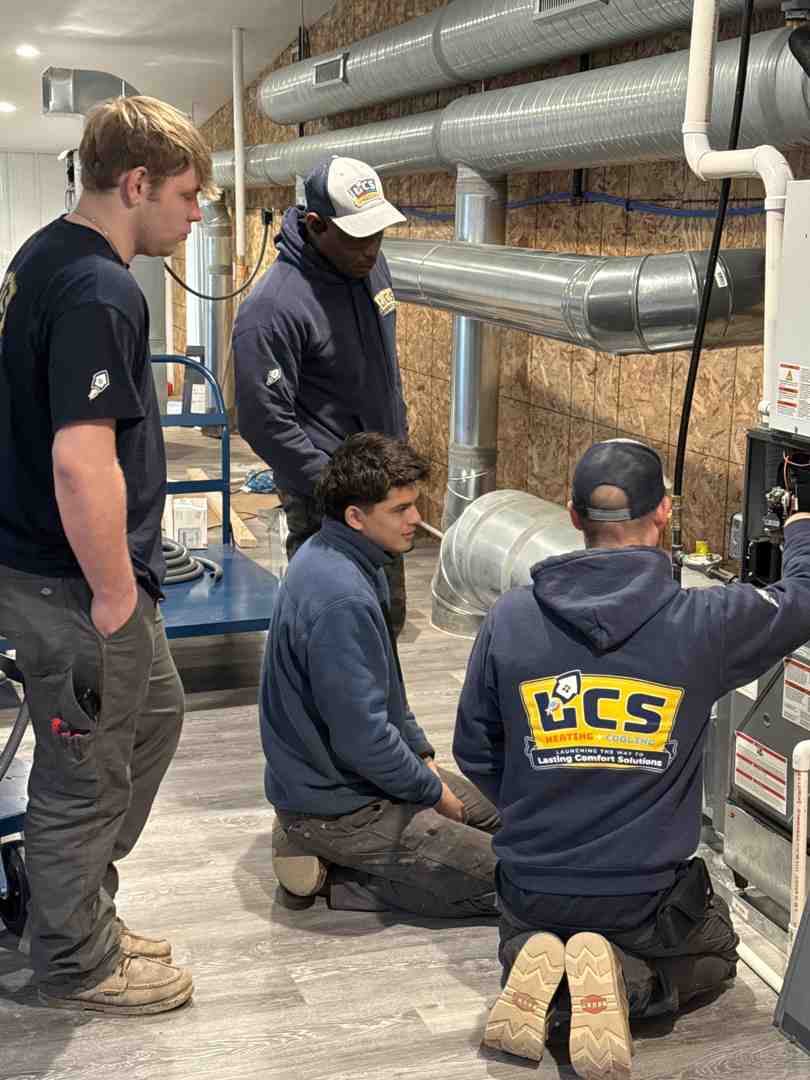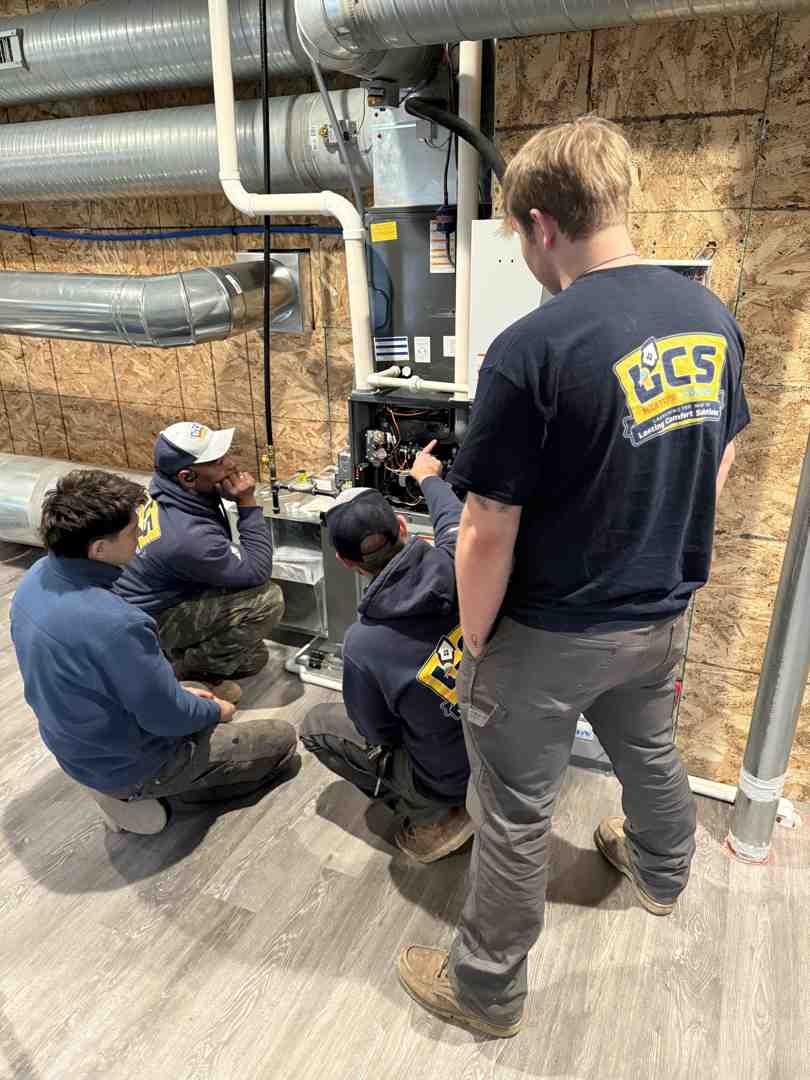Preparing Your Indianapolis Business for a Commercial HVAC Installation
When it's time to install a new commercial HVAC system, preparation is key. For business owners in Indianapolis, understanding the process and planning appropriately can significantly impact both the short-term installation experience and the long-term benefits of your new system. LCS Heating and Cooling professionals are committed to supporting you through every step to ensure that your business's specific needs are met with precision and care.
A well-planned HVAC installation begins with understanding your business’s unique requirements and ends with setting up a system optimized for efficiency and performance. Installing a new HVAC system is not just about replacing old equipment; it’s about upgrading your business environment and energy management. Taking the right steps before and after installation can enhance comfort for employees and customers, improve air quality, and decrease utility costs. We'll guide you through learning what makes a commercial HVAC system effective, how to prepare your site for installation, choosing the right system, and ensuring long-term operational efficiency.
Understanding Commercial HVAC Needs
When planning for a new HVAC system, the first step is understanding the specific needs of your business. Each building has unique requirements based on its size, layout, and usage. We examine these factors closely to recommend the most suitable HVAC solution. Our experts look at your current system’s capabilities and shortcomings to determine what improvements can be made. For large spaces, we consider systems that distribute airflow evenly, and for businesses with sensitive equipment or products, we suggest HVAC options that control humidity and air quality precisely.
It's also important to factor in your business's growing or changing needs. If expansion is on your horizon, the HVAC system should be scalable. This foresight ensures that your investment continues to pay off as your business grows, without the need for premature upgrades. Our team focuses on designing a system that meets your current needs and adapts to future changes. This approach helps maximize energy use efficiency, which, in turn, reduces operational costs over time.
Steps for Effective HVAC Site Preparation
Effective site preparation is crucial to ensure your new commercial HVAC system's smooth installation and optimal functioning. First, we clear the area of any debris and obstacles that might hinder the installation process. This includes checking the roof for installations or any structural inconsistencies that could affect the placement and operation of the HVAC unit. Our technicians ensure that the location selected supports the weight and size of the system while allowing easy access for maintenance and repairs.
Next, we focus on the infrastructure. This entails upgrading electrical systems and ductwork if necessary. Older buildings might need significant modifications to accommodate modern HVAC systems, and sometimes, additional insulation or ventilation might be required to optimize the system's efficiency. We handle all aspects of these preparations with detailed attention to ensure every component functions in harmony after the installation. By conducting a thorough site assessment and preparation, we lay the groundwork for a successful HVAC installation, setting the stage for enhanced comfort and efficiency in your commercial space.
Selecting the Right HVAC System for Your Business
Choosing the right HVAC system for your business is crucial for ensuring comfort, efficiency, and cost-effectiveness. This decision is not just about selecting a unit that fits the physical space but also one that aligns with your specific business needs. We help you analyze various factors, including the system's capacity, energy efficiency ratings, and the type of refrigerant used, which are all critical to accommodating your business's unique demands.
The selection process involves understanding the different types of systems available, such as centralized systems for larger spaces or ductless systems for smaller, segmented areas. We also consider the seasonal energy efficiency ratio (SEER), which tells us how well the system will perform in different seasons. Higher SEER ratings often indicate better energy efficiency, which can significantly reduce electricity bills. By guiding you through these choices, we ensure that you invest in a system that meets your immediate cooling and heating needs and contributes to long-term savings.
Post-Installation: Setting Up for Long-Term Efficiency
After installing the HVAC system, our focus shifts to setting it up for long-term efficiency. This setup includes fine-tuning the system's components to ensure they work in harmony. Our technicians program the thermostats according to your business hours to optimize energy use, and we also establish a regular maintenance schedule that prevents unexpected breakdowns and prolongs the system’s life.
Regular maintenance, such as cleaning air filters, checking for duct leaks, and ensuring that all mechanical components are running smoothly, is vital. These steps help maintain the system’s efficiency and reliability. Additionally, we encourage implementing smart controls that can further enhance energy management by allowing remote monitoring and adjustments, which can be particularly beneficial for businesses with variable operating hours.
Conclusion
Preparing your business for a commercial HVAC installation in Indianapolis involves understanding your specific needs, ensuring the site is ready, selecting the right system, and setting up for long-term operational efficiency. At LCS Heating & Cooling, we stand ready to guide you through each of these steps with expertise and care. Our goal is to provide your business with a system that offers maximum comfort and efficiency, helping you save on energy costs and maintain a pleasant environment for your employees and clients.
If you're considering a new HVAC system for your business, contact us today. Let our HVAC contractors help you make the best choices for your commercial needs, ensuring a smooth installation process and optimal performance from your new system.


